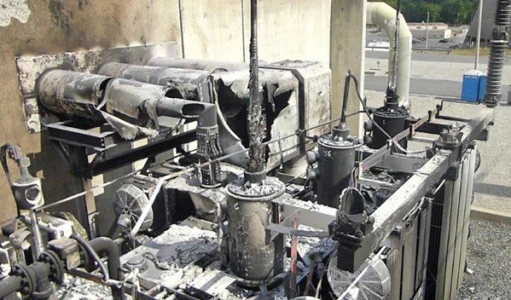Advantages of Headspace Hydrogen Monitoring for Network Transformers

INTRODUCTION
The utilization of online dissolved gas analysis monitoring has proven to be one of the most effective predictors of overall transformer health and condition. Monitoring can vary greatly from nine gas to single gas systems to best suit the customers application when considering criticality and cost effectiveness. Multi-gas systems, which provide individual ppm levels for hydrogen and hydrocarbon gases generated, are required for providing the level of data necessary to apply analytics concerning transformer. However, multi-gas monitoring is often not cost effective for use on distribution level equipment, in which case single gas monitoring may be implemented to provide some level of protection at a lower cost. Network transformers however pose a unique challenge in that they are in densely populated metropolitan areas servicing critical infrastructure, such as hospitals, commercial buildings and public transportation systems. These transformers are also unique in their design, in that they consist of three isolated compartments, each susceptible to failure.
NETWORK TRANSFORMERS
Network transformers are usually placed in underground vaults located in downtown areas. There may be multiple transformers located in a single vault, with different primary feeders supplying each individual transformer in a delta configuration. The primary is terminated at bushings located in a cable compartment on the transformer. These bushings then connect to a grounding switch below the cable compartment which then connects to the core and coils via bushings through the main tank wall. The secondary side of the transformer is fed through a network protector in a wye configuration and connected to a network grid which feeds the downtown area. The purpose of these network systems is to enhance reliability by maintaining a steady flow of power to all customers despite the loss of one or more feeder circuits. Figure 1 shows a typical network transformer.
EXISTING MONITORING
Due to the unique design of network transformers, extant monitoring applications are deficient in their ability to capture many of the root causes related to the failure of this type of transformer. Despite the high criticality of these transformers and the potential harm catastrophic failure poses to the general public, installation of a multi-gas monitoring system is difficult to justify given the relatively low cost of these transformers.
Read full article in the Overhead & Underground T&D Technologies Special Edition 2022









